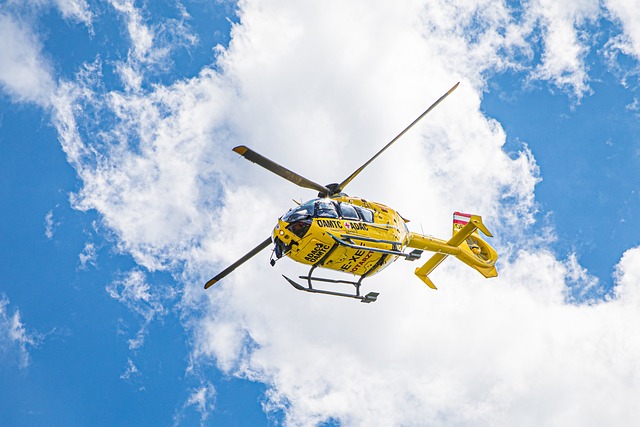In the event of an earthquake, reliable flashlights for emergency preparedness are essential due to their ability to provide necessary illumination during prolonged power outages. These devices should be user-friendly, durable, and equipped with long-lasting batteries or rechargeable options, such as lithium-ion AAs or AAAs. It's crucial to select flashlights that are shock-resistant, waterproof, and feature variable brightness settings, with some additional features like a built-in whistle or compass enhancing their utility in emergency situations. Regular drills to familiarize users with their flashlights can improve response times and effectiveness during actual emergencies. Advanced models may also offer critical functionalities like strobe and SOS signals, and some even integrate with mobile apps to provide essential information for swift rescue coordination. Including a sophisticated emergency flashlight in your preparedness kit is vital for maintaining orientation, safety, and hope, making them a critical component of comprehensive disaster response strategies. Flashlights For Emergency Preparedness should be an integral part of any household's plan to navigate through the unpredictability of natural disasters like earthquakes.
When disaster strikes, such as during an earthquake, reliable lighting can be a matter of safety and survival. This article sheds light on the critical role flashlights play in earthquake preparedness. We’ll explore why having a quality flashlight is a cornerstone of your emergency kit, the types best suited for seismic events, and how to strategically position them for swift access when every second counts. From battery selection to key features that aid in navigation and signaling, we’ll guide you through the essentials. Additionally, we’ll discuss practical drills to simulate blackouts and earthquakes, ensuring you’re ready to use your flashlight effectively. For those looking to go beyond the basics, we’ll cover advanced applications of flashlights in post-earthquake scenarios, highlighting their multifaceted utility in emergency situations. Flashlights for emergency preparedness are not just an option—they’re a necessity for earthquake readiness.
- Understanding the Critical Role of Flashlights in Earthquake Preparedness
- The Importance of Having a Quality Flashlight in Your Emergency Kit
- Types of Flashlights Suitable for Earthquake Readiness
- Strategic Placement of Flashlights in Your Home for Immediate Access
- Battery Considerations for Flashlights: Choosing the Right Power Source
- Flashlight Features to Look For During an Earthquake Emergency
- Practical Drills: Simulating Blackouts and Earthquakes with Your Flashlight
- Beyond the Basics: Advanced Uses of Flashlights in Post-Earthquake Scenarios
Understanding the Critical Role of Flashlights in Earthquake Preparedness
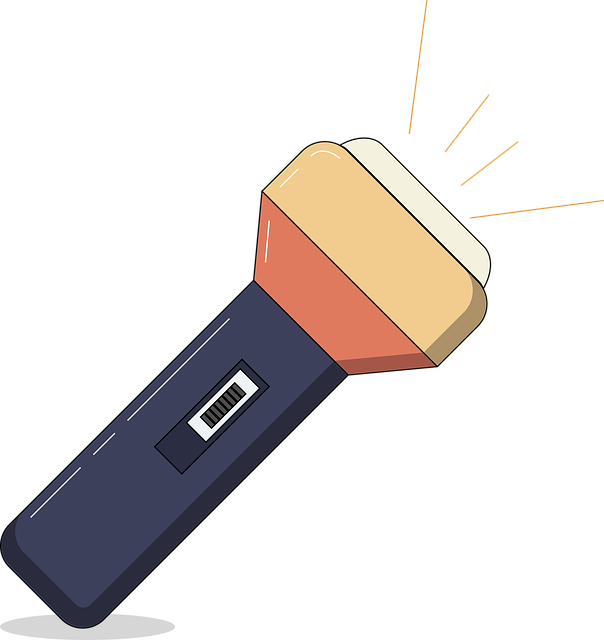
During an earthquake, the immediate aftermath can lead to power outages that may last for extended periods, rendering homes and businesses dark and unsafe. In such scenarios, flashlights for emergency preparedness become indispensable tools for navigation and safety. They provide a reliable source of light, allowing individuals to move around without stumbling over debris or navigating through unlit spaces, thus minimizing the risk of injury in the chaotic aftermath. The key advantage of flashlights lies in their portability and ease of use; they can be kept readily accessible and activated with a simple twist or push of a button. This makes them superior to larger, more complex lighting systems that might require setup or electrical power. Additionally, flashlights are versatile; they can be used to signal for help, check on neighbors, or guide first responders through affected areas. Therefore, having a quality flashlight as part of one’s earthquake preparedness kit is not just advisable but a critical step in ensuring personal safety and effective emergency response. It is essential to select flashlights that are durable, have long-lasting batteries or rechargeable capabilities, and are easy to operate even under stress. Preparation also includes having extra batteries and maintaining the flashlight’s functionality regularly to ensure it’s ready when needed most.
The Importance of Having a Quality Flashlight in Your Emergency Kit
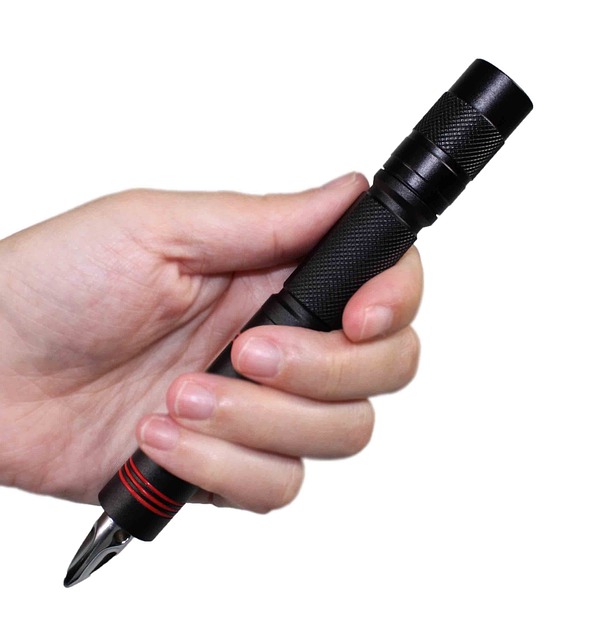
Types of Flashlights Suitable for Earthquake Readiness
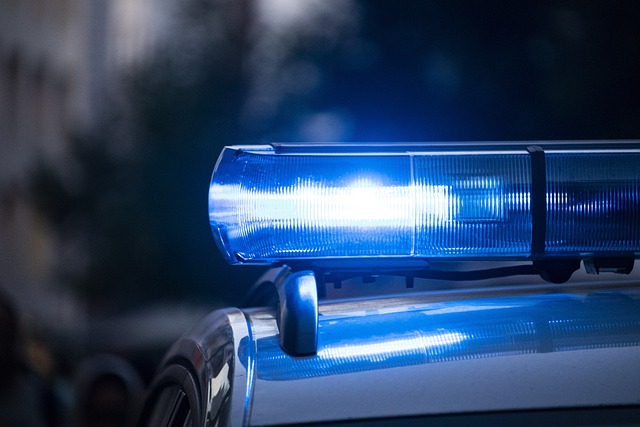
Strategic Placement of Flashlights in Your Home for Immediate Access
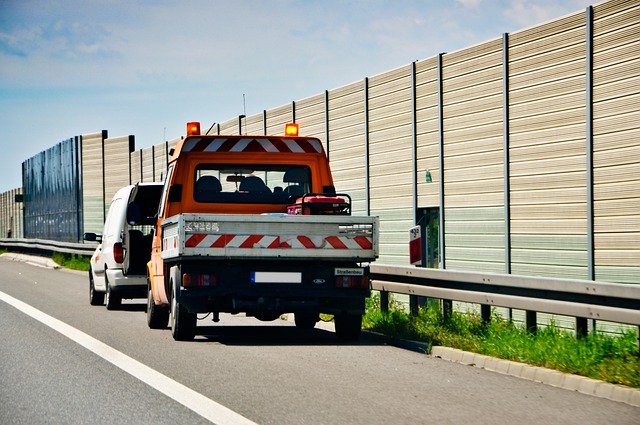
In the event of an earthquake, immediate access to reliable lighting can be a matter of safety and survival. Strategic placement of flashlights for emergency preparedness throughout your home is crucial for navigating potential hazards in the dark after such an occurrence. Consider positioning these flashlights in key areas where they are easily accessible, such as bedside tables, in every bedroom, near exits, and in hallways leading to safety zones like stairwells or safe rooms. The American Red Cross recommends having at least one flashlight per person in your household, with fresh batteries installed and an additional set of batteries stored separately. By ensuring these flashlights are within arm’s reach, you can minimize search time for light sources during a crisis. Additionally, familiarize all family members with the locations of these flashlights to avoid confusion and ensure everyone knows how to find them in the dark. This preparedness measure can significantly enhance your ability to react swiftly and safely in the immediate aftermath of an earthquake. Remember, flashlights for emergency preparedness are not just a precaution; they are an essential tool for maintaining visibility and reducing risk when the power goes out unexpectedly.
Battery Considerations for Flashlights: Choosing the Right Power Source

When preparing for emergencies, especially in the event of an earthquake, having reliable lighting is crucial. Flashlights designed for emergency preparedness should be at the forefront of your planning. Battery considerations for flashlights are paramount to ensure they function when needed most. High-quality batteries with a long shelf life are preferable as they maintain power over time without self-discharging rapidly. Alkaline batteries, while widely available, have limitations in terms of performance in cold conditions and don’t offer the same longevity as rechargeables. Lithium primary batteries, on the other hand, provide a consistent output and are more resilient to temperature changes, making them a superior choice for unpredictable environments.
Rechargeable options like AA or AAA lithium-ion batteries offer additional benefits. They can be powered up multiple times without significant loss of performance, reducing long-term costs and environmental impact. When selecting flashlights for emergency preparedness, consider those with battery levels indicators to avoid unexpected power outages during critical situations. Additionally, choose models that use standardized battery sizes, as these are easier to replace and have a wider availability in various settings. Opting for flashlights with built-in charging mechanisms can be advantageous, provided they offer alternative charging options such as USB or solar power, ensuring your light source remains operational regardless of the situation.
Flashlight Features to Look For During an Earthquake Emergency
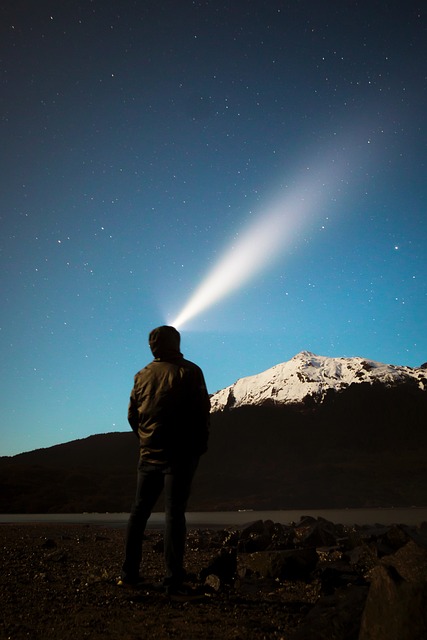
When assembling your earthquake preparedness kit, incorporating flashlights designed for emergency situations is paramount. These flashlights for emergency preparedness should be robust and reliable, illuminating your path or guiding you through darkness when the power fails. Key features to consider include durability, given the potential for aftershocks that might further compromise your environment. A flashlight built with a sturdy, shock-resistant casing can endure the rigors of an unstable setting.
Additionally, look for flashlights that offer a high-intensity beam capable of cutting through debris or darkness effectively. A flashlight with adjustable brightness settings is advantageous as it conserves battery life when less light is needed and provides a focused beam when maximum visibility is critical. Consider models that are waterproof; this feature can protect the flashlight from rain, floodwaters, or other wet conditions that may be encountered during an emergency. Portability and ease of use, including simple operation with one hand, are also crucial, as you may need to navigate with the other. Flashlights that come with additional features such as a built-in whistle or compass can enhance your safety and rescue potential. Incorporating flashlights for emergency preparedness into your earthquake kit ensures that when disaster strikes, you have a dependable source of light to help you stay safe and informed.
Practical Drills: Simulating Blackouts and Earthquakes with Your Flashlight
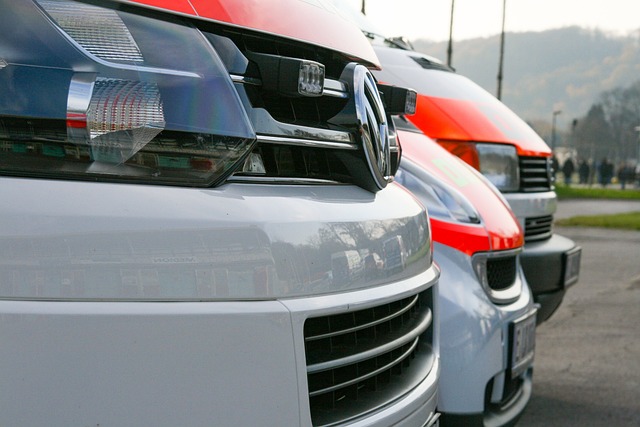
In the event of an earthquake, having a reliable flashlight as part of your emergency kit can be the difference between navigating safely in the dark and fumbling in confusion. Practical drills that simulate both blackouts and seismic events are crucial for ensuring you’re prepared for unexpected power outages that often accompany these natural disasters. These exercises not only familiarize you with the operation of your flashlight but also acclimate you to the conditions you may face. For instance, practicing how to use a flashlight for emergency preparedness during a simulated earthquake drill helps maintain composure and efficiency when every second counts. It’s essential to practice regularly, testing the durability and brightness of your flashlight in varied settings to ensure it meets the demands of an actual emergency. Additionally, these drills can reveal potential hazards or areas that require more light, allowing you to adjust your preparedness plan accordingly. Flashlights designed for emergencies are built to be robust, with features like high-intensity LED bulbs and long battery life, making them indispensable tools in your emergency kit.
Beyond the Basics: Advanced Uses of Flashlights in Post-Earthquake Scenarios

In the aftermath of an earthquake, the reliability of flashlights for emergency preparedness becomes paramount. Beyond their basic function of illumination, advanced flashlights serve as indispensable tools for survival. These sophisticated devices often feature high-lumen outputs that can signal for help over vast distances or light up a darkened path to safety. Moreover, many models come equipped with various modes, including strobe and SOS signals, which are crucial for signaling rescuers. Additionally, some flashlights integrate with mobile apps to enhance communication with emergency services, providing real-time updates on the user’s location and condition. This technology can be a game-changer in post-earthquake scenarios where every second counts and visibility is severely limited.
Furthermore, advanced flashlights for emergency preparedness are often built to withstand extreme conditions. They are constructed with durable materials and sealed against the intrusion of dust and water, ensuring they operate when other equipment may fail. Some models even incorporate multi-fuel capabilities or rechargeable batteries, which can be a significant advantage when traditional power sources are unavailable. In the chaotic aftermath of an earthquake, these features can mean the difference between disorientation and direction, between helplessness and hope. Thus, incorporating such advanced flashlights into one’s emergency kit is not just an added precaution but a critical component of a comprehensive preparedness strategy.
In light of the potential threats posed by earthquakes, having a reliable flashlight as part of your emergency preparedness kit is indispensable. This article has highlighted the strategic placement of such devices throughout your home for immediate access when power outages occur. It’s clear that selecting the appropriate battery-powered flashlight—one that offers both durability and functionality—is a key decision in earthquake readiness. From understanding their critical role to practicing with them during simulated blackouts or earthquakes, the utility of flashlights for emergency preparedness extends beyond mere illumination. They serve as vital tools in navigating through post-earthquake scenarios, ensuring that you can maintain safety and security when it’s most needed. Remember to invest in a high-quality flashlight designed specifically for emergency situations; it could be the most critical decision you make in your preparedness plan.
